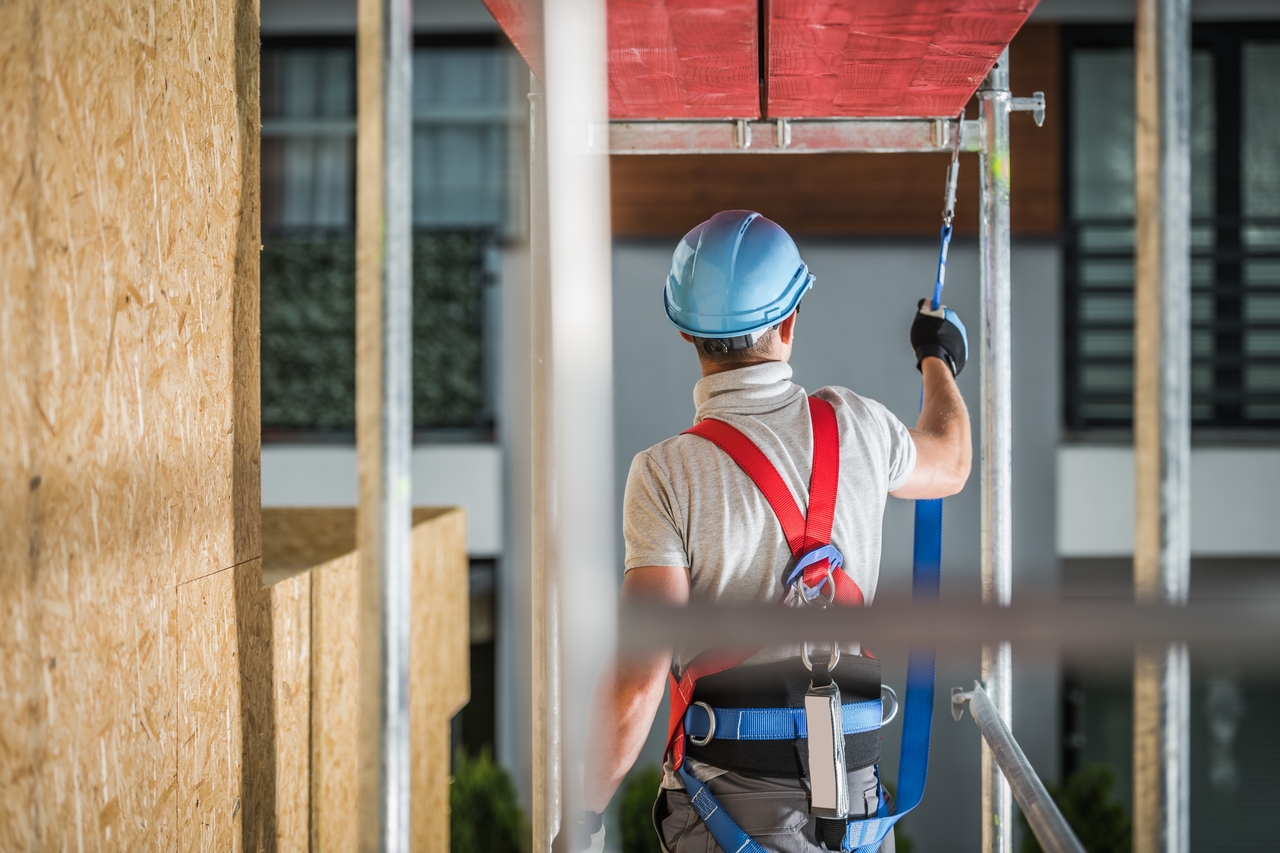
When it comes to fall protection and prevention, you will often hear two things: ‘fall arrest’ and ‘fall restraint.’ Both of these protect workers from falls when working at heights. It’s one of the must-haves you should get from a safety equipment supplier in the Philippines. While these two may sound similar, they have different working principles when applied to a site. If you’re ready to learn more about fall arrest vs fall restraint systems, keep on reading!
To help you understand the similarities and differences of each fall protection system, it’s beneficial to know more about their purpose and how each one works.
A fall restraint system can help prevent a fall from occurring in the first place. It works by stopping a person from getting too close to the fall hazard. It is more of a prevention strategy because you can significantly reduce the fall risk if you plan correctly. It is one of the first things employers need to think of when requiring employees to work at heights.
When a person drops from height, a fall arrest system stops or ‘arrests’ the fall after it has happened. This prevents the wearer from reaching the ground, therefore keeping them safe from severe injuries and fatalities. This way, your employees are protected when a fall occurs.

Because the working principle of a fall arrest and fall restrain system differs, managers should also know the different components used in each one.
A fall restraint system stops the worker from reaching the hazard, so the risk of a fall is reduced. Some examples of these are walkways and guardrail systems. These are controlled access routes so workers can safely perform tasks on elevated surfaces. The pathways have barriers on the sides and a non-slip surface you can walk onto. These are typically used above roofs, machinery, scaffolds, ramps, and the like.
Other than that, you can also use a safety harness, an anchor point, and a lanyard to prevent your workers from reaching the fall hazard. But the restraining lanyard is typically short, so the wearer’s movement is limited. This stops them from reaching the edge of the elevated surface.
There are two types of fall arrest systems—general and personal. Catch platforms and safety nets are examples of the former, while the latter is composed of an anchor point, body harness, and a lanyard. All of these work together to stop the wearer from reaching the lower surface in an event of a fall.
Some examples of a fall arrest kit are the ELARA282 and ELARA320. It has an energy-absorbing lanyard that can help reduce the impact when a fall occurs. This is attached to the body harness and a strong anchor point that can withstand increased weights. Aside from this, you can also opt for a self-retracting lanyard with a braking system that helps slow the descent of the wearer.
Depending on the task that needs to be done, the type of safety gear you choose might vary. For example, you can install fall restraint systems if a worker has access to the edge of an unprotected elevated surface. For example, guardrails are typically used in the following places:
Other than these, fall restraint systems that involve the use of a lanyard might also be used if workers need to work in wide-open areas but not near the edges.
But in construction and manufacturing industries, you won’t always have the option of eliminating fall risks through prevention. This is why fall arrest systems are a better choice if the working area is narrow or some tasks are needed to be done in dangerous areas. Because workers can get near the edges, their risk of falling is higher. This is a must-have for window washers, powerline workers, cell tower technicians, and more.

Since guardrails and walkway systems can prevent workers from reaching the edge of an elevated surface, it doesn’t require comprehensive training for workers before use. But you still need to explain the purpose of these fall restraint systems to prevent them from disregarding the safety barriers. This puts them at risk of injury if they’re not wearing a safety harness connected to an anchor point.
On the other hand, a fall arrest system requires training before fully implementing it on your site. The users need to learn how to take care of the components, how the system works, and how to rescue the person if a fall occurs. The good thing with this is that workers will be better prepared to deal with fall risks.
When choosing between fall arrest vs fall restraint systems, you need to consider the safety risks you’re addressing at your site. Although these two are used by people working at heights, they’re made for different purposes. It’s essential to understand their components, applications, and the training needed before implementation.
If you’re looking for fall arrest gear in the Philippines, you can trust Dels Apparel! Aside from these, we also offer safety boots, helmets, gloves, and more.